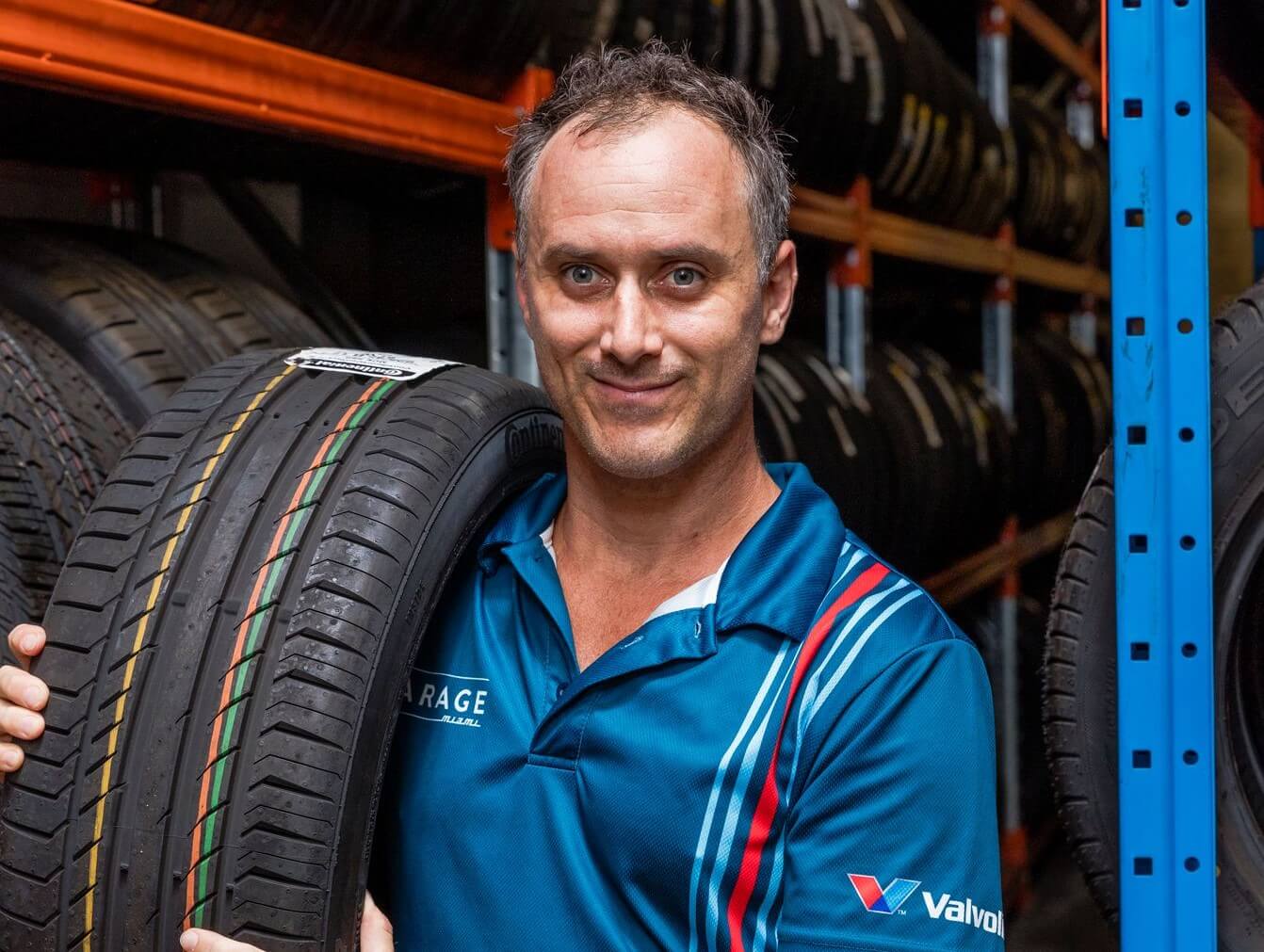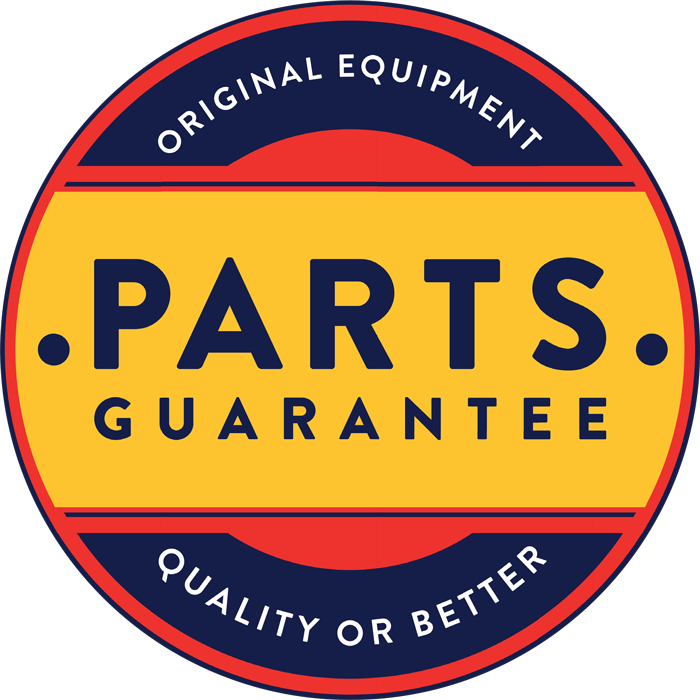04/08/2020

A car can be seen as an example of “a sum that is greater than all of its parts”. There’s a need for an engine to power movement, ancilliaries such as the radio or air-conditioning; seats with leather or cloth for comfort and style; tubes to move fluids around; electronics to provide information and power.
There are two areas that most drivers tend to overlook as being a part of this sum, and they are two areas extremely important in the overall package for safety.
They’re the tyres and brakes.
But why are these two seemingly innocuous parts of the sum so important? It’s been said that the tyres are the parts that keep a car off the road, and in a way that’s correct. Although the items they wrap, the wheels, are important, without the tyres a car simply won’t roll as easily.
That may sound like an over-simplification but wheels really are pretty simple. Made of steel or alloy, and measured, oddly enough in a metric world, in inches for their diameter, it’s a pretty basic design.
Tyres however come in a far broader range of sizes, applications, and structure. On the sidewall of a tyre is the crucial information; let’s say we have a tyre that is 195/55/16. Sounds a little confusing but the 195 is the width of the tread in millimetres, the 55 the percentage of the sidewall to the width, and the diameter of the inside to suit a wheel size.
But wait, there’s more.
Mixed in there should be a letter and this letter is an industry code for how fast the tyre can be driven before it fails. If there is an R, it generally means that it’s rated for up to 170 kmh and intended for light commercial vehicles. If it’s u, H, or V, it’s intended mainly for most normal cars with a nod towards sporting style vehicles. If you’ve a Z, W, or Y, then you’re in the stratospheric area of Aston or Porsche.
But there’s more to a tyre than this. Tread patterns, for example. There are asymmetric, directional, and symmetrical, and each have a specific purpose. Directionals have their roots in Formula 1 and are designed to pump water in high quantities on a wet road. Asymmetric tyres can provide a broader range of applications due to having a tread block design that features smaller blocks on one side for better water drainage, and large blocks on the other for performance style driving.
Symmetrical tyres are exactly that, and this pattern is the most commonly seen as it’s the ideal compromise for dry and wet weather, with a normal tarmac road surface. The tread blocks will pump enough water for a very good level of safety on a wet road and enough dry road grip otherwise.
That’s all great but without brakes, tyres keep the car off the road. Brakes keep the car on the road and out of everything else.
There are two types of brakes and again, fairly basic in design, with discs and drums. However discs come in solid (good), vented (better) vented and grooved (better again). These are all to do with heat dissipation. The more air that is removed from the discs when they’re used and getting hot, the better they’ll continue to provide braking performance on a consistent basis.
Then there is the matter of brake pads, with differing formulations for purpose. The most common mix is copper, steel, graphite in a temperature resistant resin core. Step up to off-road or high performance, and the formula is different again.
Getting the right pads and discs right if replacing them, especially if pads have failed in wear to the point the callipers, the parts that hold the pads, are grating on the discs themselves, can provide a measurable improvement in braking performance.
The Garage Miami is your one-stop-shop for upgrades and information. Give us a call on 07 5572 1711, book a safety inspection and get the Gold Coast’s best prices on Tyres, brakes and servicing.



